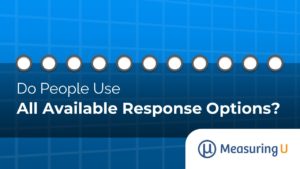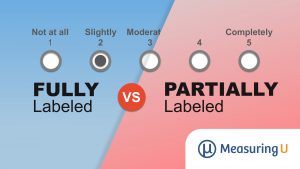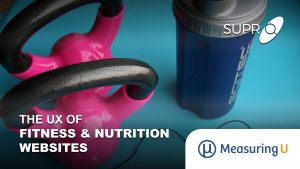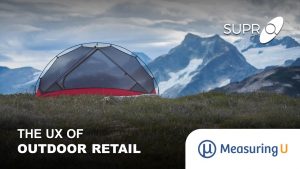
Do People Use All Available Response Options?
Researchers love to argue about the “right” number of points to use in a rating scale response option. Is the right number five, seven, three, ten, or eleven? The opinions often exceed the data for helping drive the decisions. When there are data, they are often hard to generalize, or they don’t really support the








